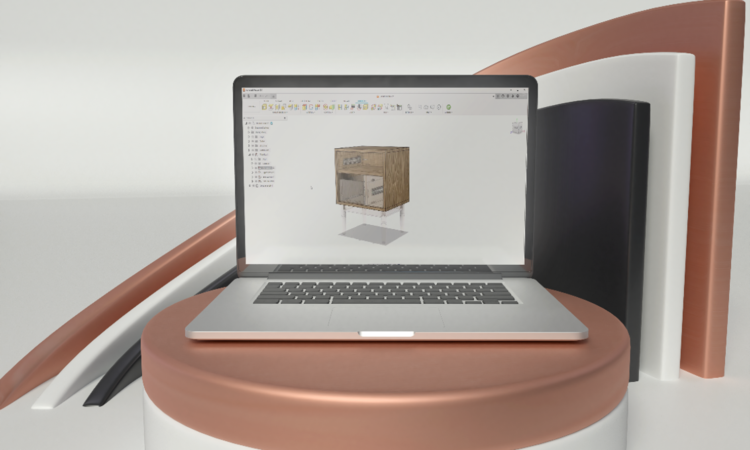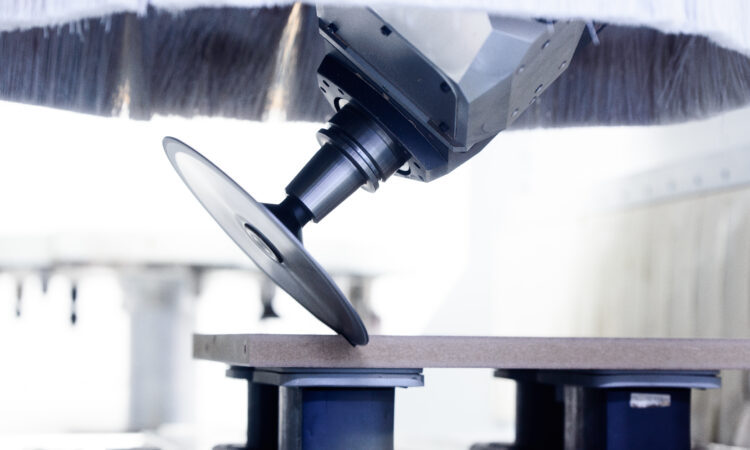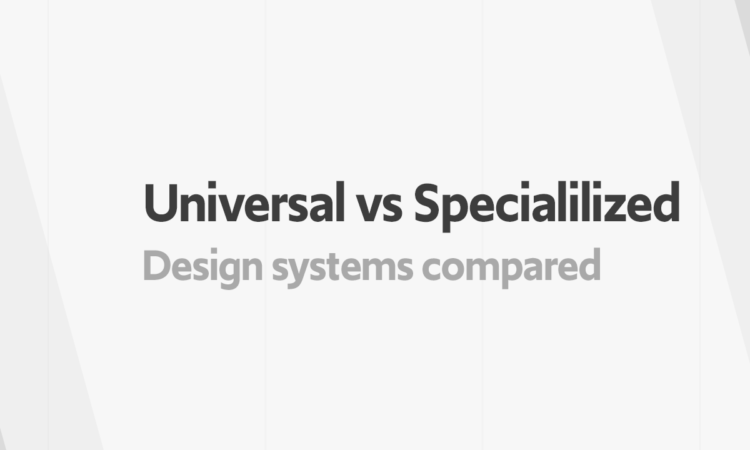This term, ‘hidden design,’ characterizes situations where designers fail to provide comprehensive production information due to tool limitations or excessive workloads. Nevertheless, crafting a piece of furniture necessitates the inclusion of all essential details. Continue reading…
Insights
The primary source of errors in documentation stems from manual work. The distinction between automated and manual information preparation is crucial. Automated preparation is executed by a program, and if there’s an error in the program, it will consistently reproduce the same error under identical circumstances, making it relatively easy to detect and correct. On the other hand, humans are inherently variable systems, with their performance influenced by factors like mood, fatigue, and health. One day, a person may work flawlessly, while the next day, mistakes may occur. Whenever human involvement is required in any part of the documentation process, the likelihood of errors immediately increases. Continue reading…
Furniture design is undergoing a transformation, with increasing complexity in both design concepts and materials employed. Consequently, CAD systems must meet specific criteria to fulfill their role effectively:
- Capable of modeling products with intricate and unconventional structures or shapes.
- Able to model furniture using a diverse array of materials, including panels, metal, glass, wood, plastic, and more.
- Equipped to automatically convert all modeled data into production-ready information, such as Bill of Materials (BOM), drawings, and CNC programs.
The primary focus of a manufacturing company lies in the production of goods, encompassing various stages from material supply to delivery and assembly. This intricate process heavily relies on a diverse range of information that is indispensable for successful production. Consequently, each company establishes a distinct information flow, which serves to provide essential data to support the production process. Continue reading…
Another year has passed, bringing forth new challenges in an increasingly turbulent world. The global furniture industry has faced its share of obstacles, with the economic slowdown in 2023 negatively impacting consumer demand, production costs, and supply chains. However, there is a silver lining amidst the uncertainty.
According to a report by Furniture Today, the furniture market is projected to grow by 5.2% between 2023 and 2028. Continue reading…
The COVID-19 virus has severely disrupted the established world order, and major countermeasures have extremely disrupted the economy. Starting with the aviation, tourism sectors, the influence has extended to the restaurant and hotel business. Undoubtedly, this wave, as it spreads further, will reach (or have already reached) the furniture manufacturing sector as well. Continue reading…
The main stream of a manufacturing company is product production. From material supply to delivery and assembly. This process requires a variety of information without which production simply cannot take place. Therefore, each company has a separate information flow, which feeds the production flow with all the necessary information.
With growing competition, the demands on the product flow become increasingly demanding. This, in turn, imposes requirements on the information – its full-fledged and operative nature.
One of the main sources of information for a furniture company is the CAD system. It generates information about the product itself for other main activities – supply, production, accounting, management, etc. It is impossible to overestimate the importance of CAD for all company activities. Therefore, its choice is critical not only for its immediate users – the constructors but for the whole company.
Below we will list the main mistakes made by companies when implementing the new CAD system. Continue reading…
Woodwork for Inventor has been on the market for around 8 years. Nevertheless, we still receive questions about our licensing policy. So we decided to put together a guide which would help to understand all your options. Continue reading…
One of the biggest highlights of Woodwork for Inventor V10 is CNC Technology Simulator. It’s a fun and useful tool created for the purpose of testing created CNC technologies. Continue reading…












